Azabu Kadowaki is a resolutely Japanese restaurant; in fact, chef Toshiya Kadowaki was famed for turning down stars when the Michelin guide first came to Japan, on the basis that “Japanese food was created here, and only Japanese know it ... How can a bunch of foreigners show up and tell us what is good or bad?” (He ultimately relented, as the restaurant now has two of those stars that Kadowaki initially shunned.) But it also clearly bears the mark of some Western influences, filtered through a Japanese prism.
If I have my genres right, Kadowaki is a "kappo ryori" restaurant – high end food served straight from the kitchen, usually by the chef himself presenting it across the counter. It is an elegantly appointed space: honed wood counters and cabinets with the precision workmanship of a luxury yacht, cooking instruments all encased in patterned ceramic. There were maybe eight seats at the bar that faced that gorgeous open kitchen, though there appeared to be a couple private rooms as well that servers flitted in and out of.
(You can see all my pictures in this Azabu Kadowaki flickr set.)
The meal is omakase style: other than a diner's selection between snow crab and fugu as a "main" course, and between three different price points (all designated when the reservation is booked), everything else is chef's choice.
Our dinner started with an unusual and beautiful dish: a block of rich, nutty sesame tofu, nestled in a bed of magenta-hued beet miso, crowned with some meaty roasted mushrooms and bright purple flower buds. It defied any stereotype of a tofu-based dish being bland or insubstantial.
Almost simultaneously, we were also served a block of what I believe was either mochi or konnyaku (a/k/a yam cake or devil's tongue jelly). Toasted around the edges, it was chewy, almost elastic in texture, and blandly starchy in flavor other than the dab of freshly grated wasabi. It was texturally intriguing, but I can't say much more about it than that.
The next course was one of my favorites, blending eastern and western components: a cube of winter daikon radish draped with a slice of roasted pear, all enrobed in a creamy cod roe sauce and topped with a fine julienne of fresh black truffle. Cooked daikon is a highly underrated ingredient: tender but still having substance, silky but with a pleasing bite of graininess against the teeth, and a mild sweet flavor. Those qualities were mirrored and amplified by the roasted pear, which brought a more intense caramelized sweetness, the mildly salty, creamy sauce, and the earthy, aromatic truffle. There were no bold flavors here – rather it was all subtlety and grace.
(continued ...)
A sashimi course followed, featuring translucent ribbons of hirame (fluke) topped with mounds of karasumi (salted and dried mullet roe, known here as bottarga) and dabs of wasabi. The fish was impeccable – but I found it was overwhelmed by the intensely salty roe.
As the meal starts, Chef Kadowaki presents the star attraction – a massive and rather menacing snow crab, which were at their peak in the cold month of February. It's dispatched to a steamer, and when ready, the chef retrieves it from its steam bath, quickly breaks down the legs and body, then hands it off to an assistant to harvest all the meat. It is then served incredibly simply: just a huge haystack of picked crab, topped with an imposing mound of its moss-green innards. A wedge of orange to squeeze, if you wish. The crab is warm and moist, with an incredibly concentrated and sweet flavor, amplified by the rich, creamy crab guts. It is magnificent – a reference point dish for an outstanding ingredient.
That crab is a tough act to follow. Next is a shabu shabu of snapper, the ribbons of fish quickly swirled at the table in a silver cauldron of bubbling clear broth, then dipped into a ginger-spiked sauce. The broth is then used to make a refreshing, light soup supplemented with a generous handful of mitsuba.
Kadowaki's most well-known dish takes that most fundamental of Japanese ingredients – gohan, or rice – and literally infuses it with French flavor – the perfume of Perigord truffles. The rice is steamed in a beautiful glazed ceramic pot, and then blanketed with an incredibly generous shaving of "black gold."
The aroma of the truffles permeates the rice without overwhelming it, and the rice itself is just delicious;[2] despite the extravagance, this remains a dish where the truffle is an embellishment to the rice, rather than the rice being a mere vehicle for the truffle. Served with the traditional accompaniment of various pickles, as well as crisp sheets of nori for scooping the rice, this is simultaneously elegant and homey.
Truffles make yet another appearance with dessert, a crystal bowl filled with sweet, juicy macerated strawberries, rich creamy ricotta, slivered almonds, and truffled honey.
The original progenitors of "fusion" cooking, like Jean-Georges Vongerichten, "borrowed" Asian flavors while adapting them to their own (predominantly French) cooking methods. Kadowaki seems in some senses like the same thing, viewed through the opposite end of the prism. Though the cooking – and even the plating – incorporates Western components, the style, the progression, the preparation methods, and most of all, the subtle and understated elegance of the meal at Kadowaki all speak clearly of a Japanese sensibility.
Azabu Kadowaki - 麻布かどわき
2-7-2 Azabu Juban Minato-ku Tokyo
東京都港区麻布十番2-7-2-1階
03-5772-2553
[1] For further reading: "Made Better in Japan" from a couple years ago in the Wall Street Journal.
[2] This was one of the real revelations of our Japan trip: just how delicious great plain rice can be.
[2] This was one of the real revelations of our Japan trip: just how delicious great plain rice can be.




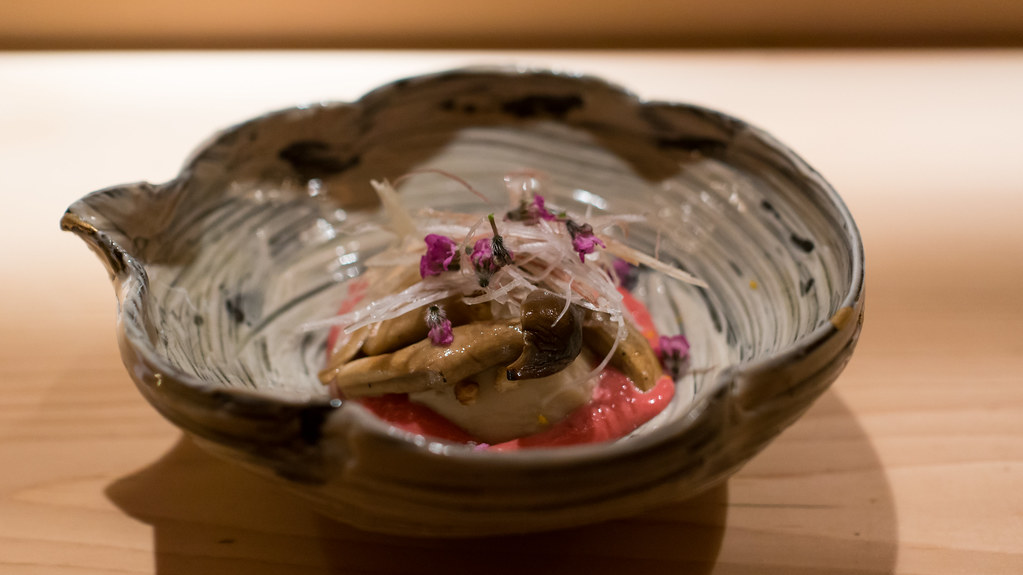
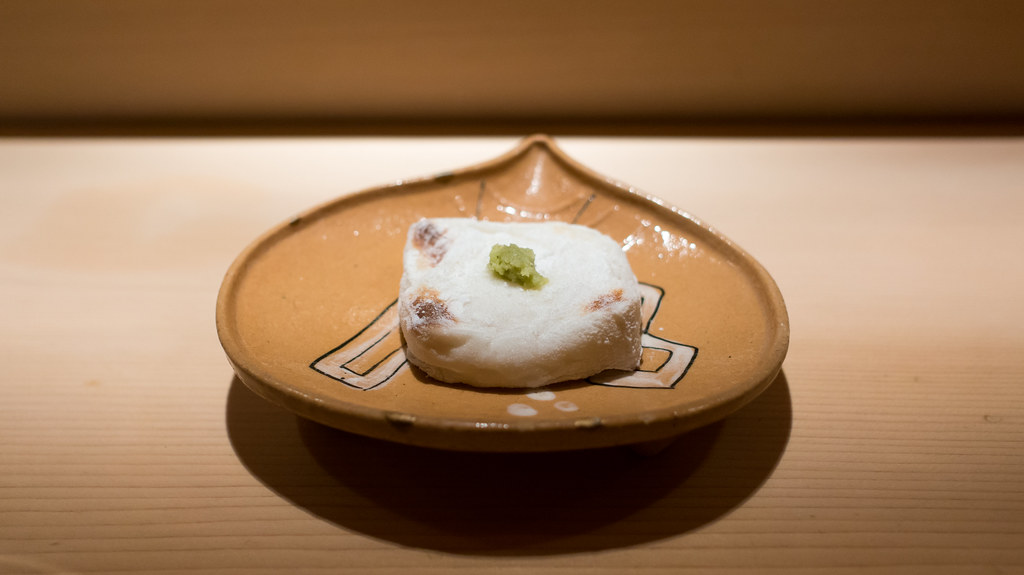
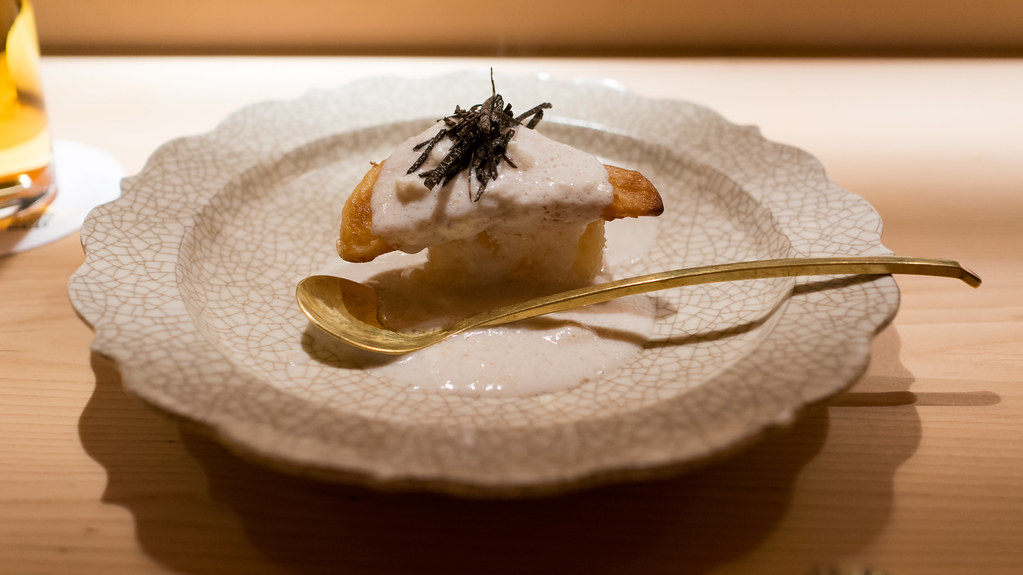
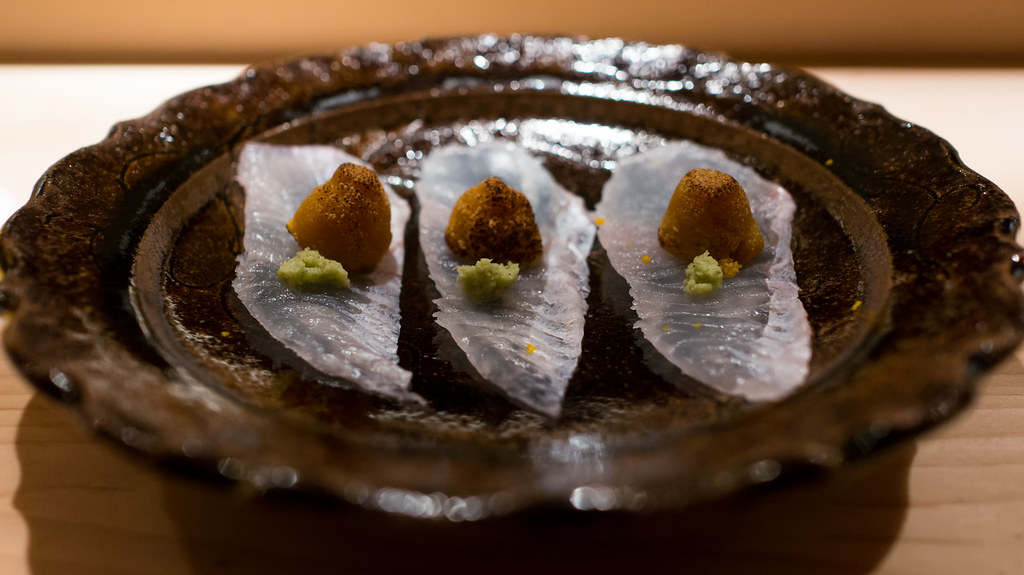

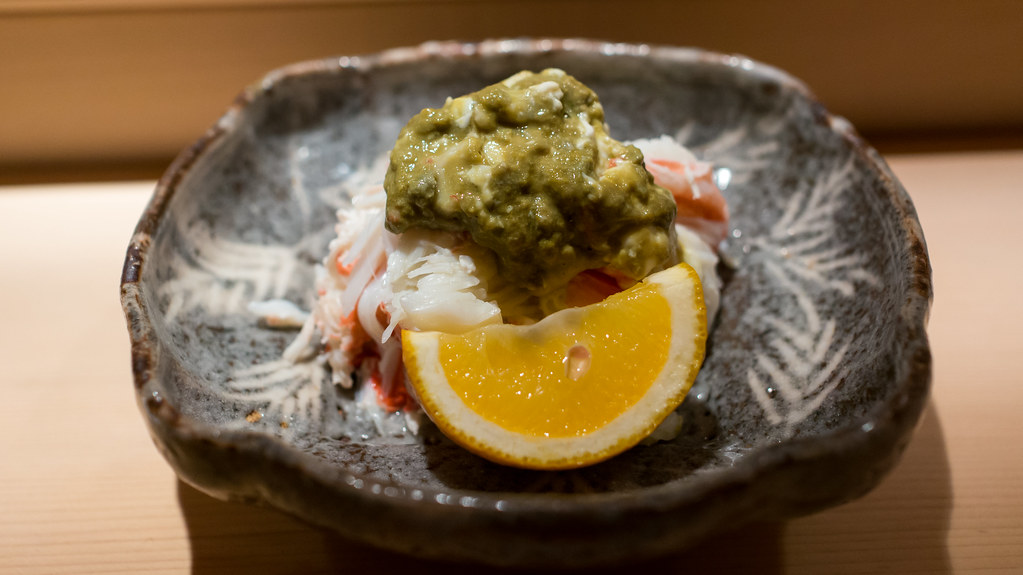

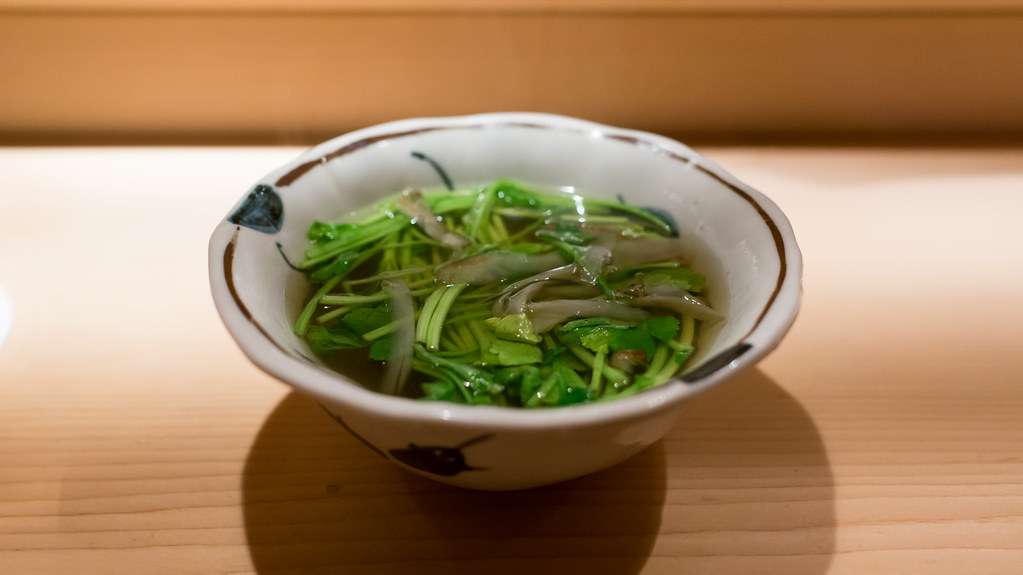
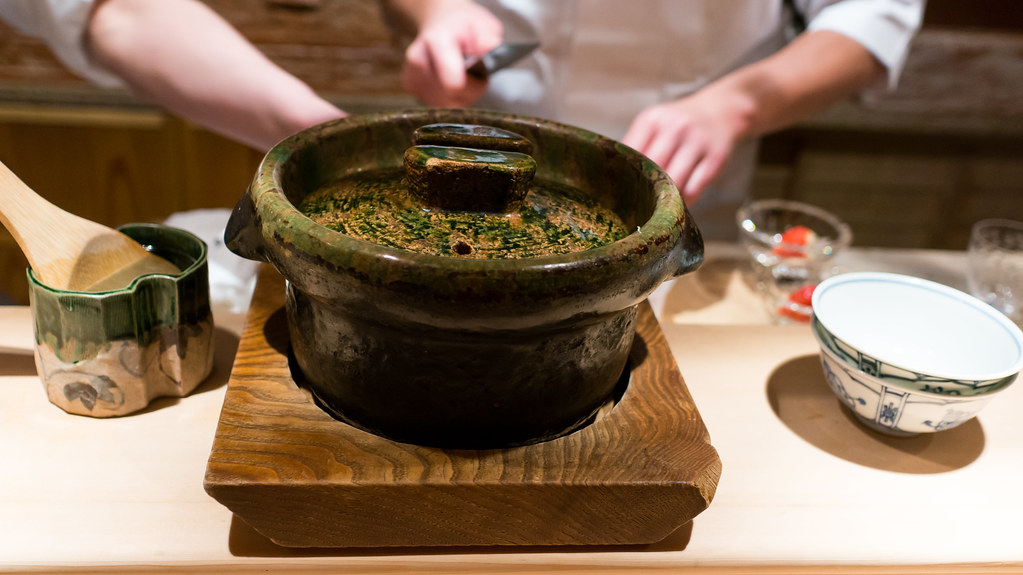

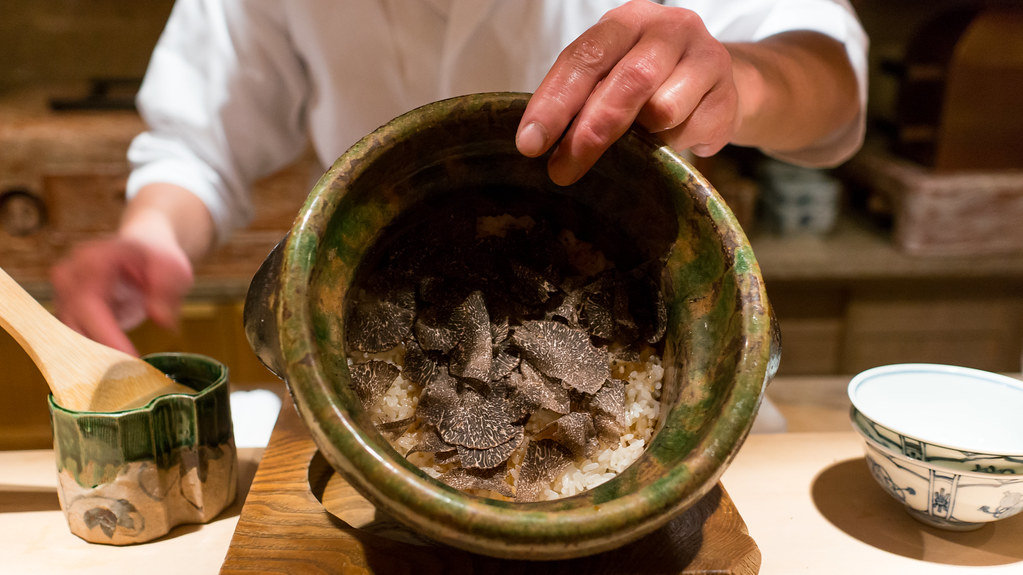
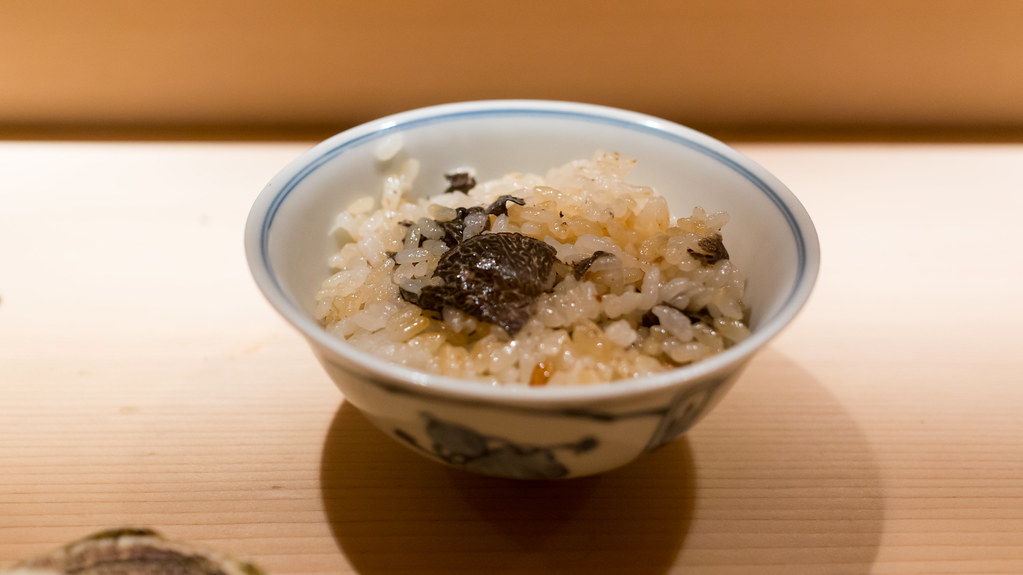


No comments:
Post a Comment